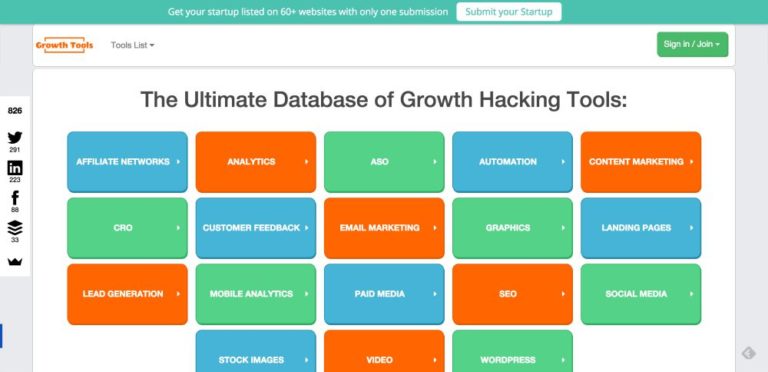Thought it might be useful for you to know what tools we use to run Startup88.com and also...
Mike88
Mike Nicholls Australian Inventor + Entrepreneur working with a small team of engineers building prototypes from Inventions including two medical devices. Publishes Startup88.com and has assessed/reviewed +500 inventions and +200 startups in the last 3 years. Mentors Sydney Startups via Incubate and other incubators and helps members of the Australian Startup Community via the Startup88.com website with free publicity and advertising. Experience in numerous industries including Digital Publishing, Cloud Computing, Apps, Hardware, Aviation, Real Estate & Finance and Health/Medical Devices.
Ed: I like this one, not sure about the pricing but I guess if you are earning...
When you first launch you maybe concerned about what people will think about your actions, your startup,...
So there is a lot of bad news about global stock markets and lots of doomsayers about...
Startup Name Growth Tools What problem are you solving? Finding a tool that automates something that...
Had a question a few weeks ago, how would I go about promoting and growing a new e-commerce...
Ed: I Like Inbound.org , just like Growthhackers.com Inbound is a community site with a focus on the members helping...
Event Name Tech23: Celebrating Australian Innovation Event Details Attend the seventh annualTech23 event and help join the...







